Have you heard of biological control? This is when a live organism is used in the management strategy of a pest population. An example would be when ladybugs are released in a garden for aphid control. I was recently at the UF/IFAS Short Course for Aquatic Pests and I tried to describe to pesticide applicators why biological control matters and how they could take advantage of it. Read more to learn how biological control and pesticides can be used together in a management strategy.
What is Biological Control
Biological control can be thought of in three different categories conservation, augmentation, and classical. The first two are generally well received. Conservation biological control involves protecting the environment so natural enemy populations have a safe space to grow. An example of this would be allowing some wildflowers that might otherwise be considered weeds to grow on the edge of your property. Augmentation biological control involves additional inputs of natural enemies. It may be done by releasing parasitic wasps to help suppress moth populations.
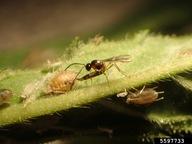
Classical biological control is met with more hesitation and occasionally outright opposition. This is a method of biological control used to manage invasive species. Natural enemies of the invasive pest are discovered in the native range of the pest and brought back to the invaded range for release. An example of this is the air potato beetle released for the management of air potato vine.
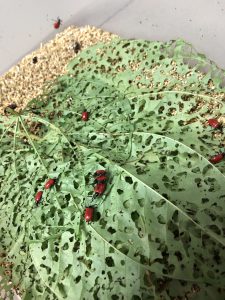
Is Classical Biological Control Safe?
Yes. Biological control is not completely risk-free, as no pest management strategies are, but it can be considered minimally risky. Let me explain how selecting n agent works and why I feel confident in that statement. First, scientists will go into the native range of the invasive species. This means scientists traveling to South America, Australia, or Asia. There they will observe what is feeding on the target species in its natural habitat. They will probably find a number of things. Next, each of these will be considered for their ability to consume the pest, ability to disperse, and some life characteristics such as reproductive rate. If it is to be effective it should reproduce fast. This all takes some time and is how work in classical biological control begins, but it is not the most important part.
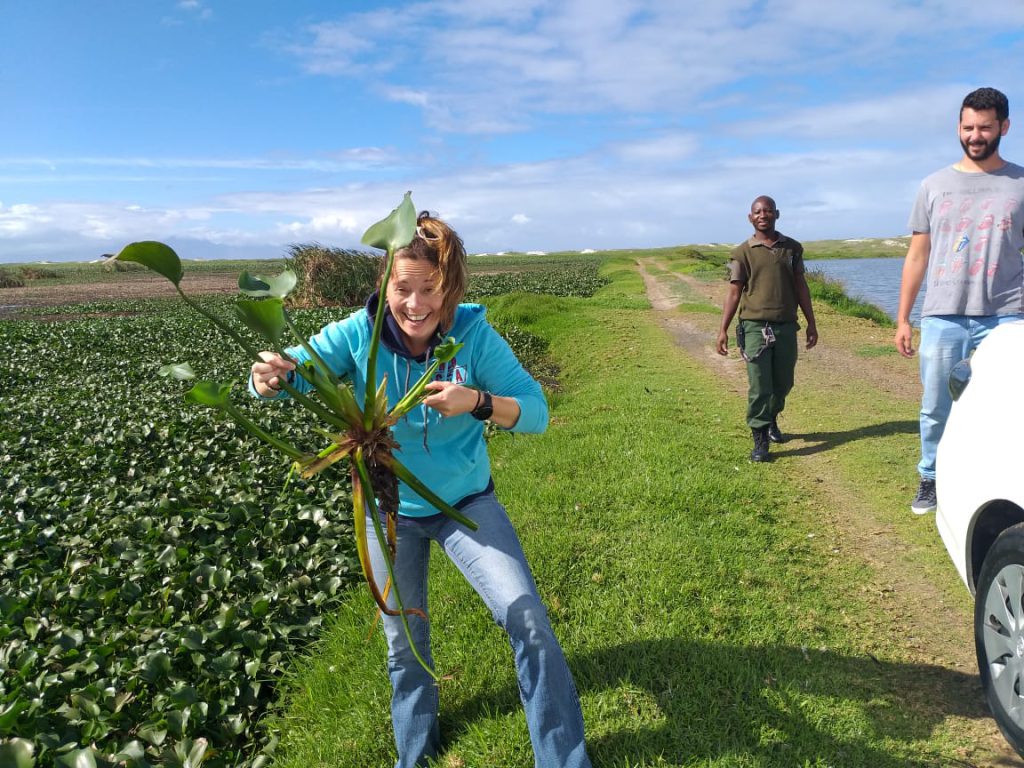
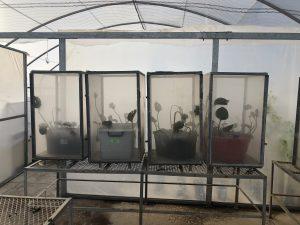
Host Specificity Testing
This process is the most important part of biological control. It is because of this rigorous testing scheme that we can say biological control is safe. This process involves looking at our native organisms. Take water hyacinth for example. In Florida pickerelweed is native. We would not want to introduce an agent that would eat our native species as well. So testing on closely related species is done by allowing the agent access to the non-target (the thing we don’t want it to eat). After days or weeks on the non-target, any damage is assessed.
For an agent to be a candidate it must consume an extremely small amount of the non-target and must not be able to complete multiple generations aka having a lot of babies. If closely related species are cleared then more distantly related species and species of agricultural or economic importance are tested. When it is ascertained that the agent will not consume non-target plants and be able to reproduce not them it is considered safe.
This foreign exploration and testing can take years. In fact, it is usually about 10 years from when we start looking for agents until they are released. Through this rigorous scientific process, we can be certain there is minimal risk for the benefit the agent will provide.
I’m a Pesticide Applicator, Why Should I Care?
Even if you are using chemical control as your main pest management tool it’s a good idea to know what the other options are. For example, if you know air potato beetles are established in your area and will likely show up in late June, you may be able to delay an herbicide treatment and let the bugs do the work for you. This could save money and reduce the non-target effects an herbicide may have on the surrounding vegetation. There is also some research that shows using a combination of biocontrol agents and pesticides more effectively reduces the population of the invasive pest. If you can work with you local university you might be able to combine efforts to achieve maximum control.
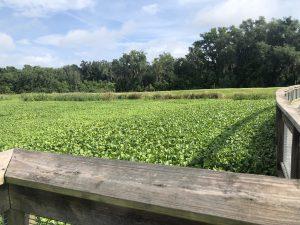

Scientists are also hoping you care as our pesticide applicators are often the first people to notice when something has changed. Many invasive species are first noted by pest control specialists. Working together can help all involved parties to address these situations as they arise. There may be areas where pesticides cannot be applied and biological control agents can help on a community or state-wide scale to reduce the pest population. If you are in Florida and work on managing invasive species you can check with scientists at the Center for Invasive Aquatic Plants about incorporating biological control into your management programs.
Conclusion
Biological control is an important tool for pest management. It has contributed significantly to the reduction of invasive pest populations in Florida and beyond. Hopefully, this article has clarified what biological control is, how agents are chosen, and why pesticide applicators should care. If you have further questions about biological control and pesticides don’t hesitate to reach out to our team!
Additional Resources
Center for Invasive Aquatic Plants https://plants.ifas.ufl.edu
Pesticide Information Office https://pested.ifas.ufl.edu
Source: UF/IFAS Pest Alert



